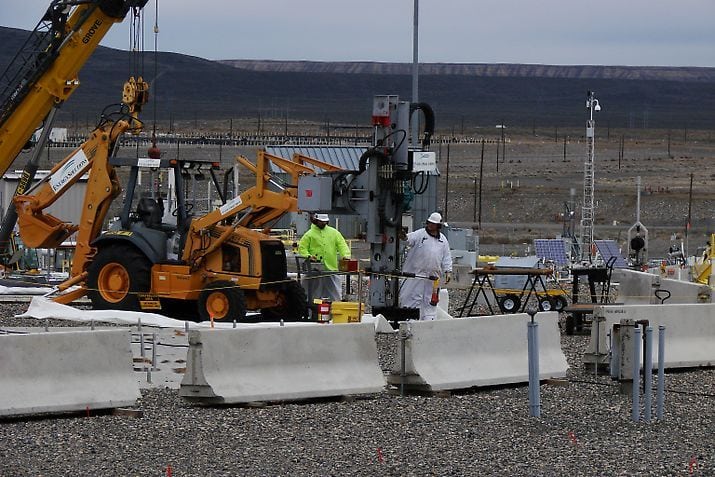
Weapons Complex Monitor Vol. 29 No. 36
Visit Archives | Return to Issue PDF
Visit Archives | Return to Issue PDF
Weapons Complex Monitor
Article 1 of 13
September 21, 2018
Settlement Reached in Hanford Vapor Lawsuit

The Department of Energy and several other parties on Wednesday signed a settlement agree to a 3-year-old federal lawsuit seeking better protection from chemical vapors for workers at the Hanford Site in Washington state.
The agreement, if approved by the court,…
Partner Content